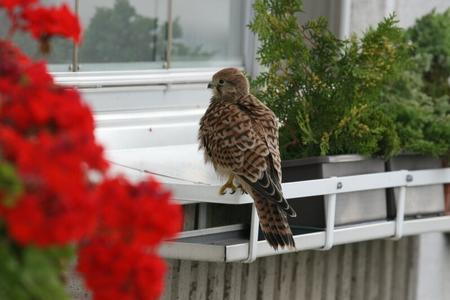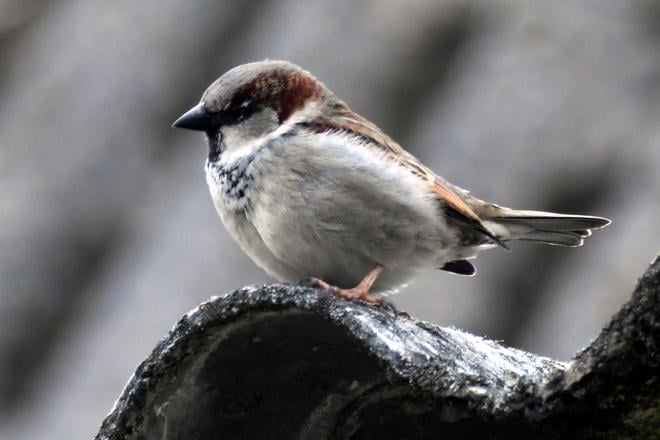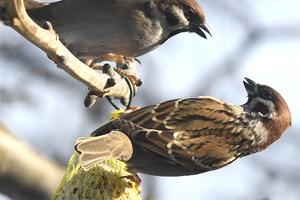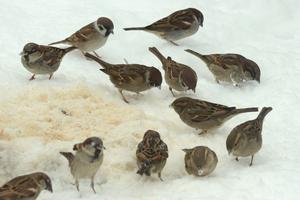Sparrows are eating too much grain, the Chinese authorities argued when they moved to eliminate these birds in the country during the Great Leap Forward campaign in the late 1950s. But very soon they discovered that it was not the wisest move.
The scarcity of sparrows led to a severe ecological imbalance, eventually one of the causes of the Great Chinese Famine in which millions of people starved to death. Rice yields substantially decreased as insects, freed from the threat of their natural predator, destroyed the crops. In 1960, Mao Zedong eventually put an end to the campaign against sparrows and the government tried to remedy the situation by importing 250,000 sparrows from the Soviet Union to replenish their population.
The story from recent Chinese history tells that nature is not to be trifled with, but also speaks volumes of the importance of sparrows, a species that has been dropping in number around the world, including Slovakia.
“Every living organism plays an important role in a complex system of relationships and the sparrow is no exception,” Ján Gúgh of the Slovak Ornithological Society/BirdLife Slovakia told The Slovak Spectator.

This tiny common bird even serves as an indicator of environmental health and changes in the urban ecosystem. In other words, if our villages and towns provide enough food and nesting opportunities for sparrows, then they thrive. Otherwise, the development of the populations of sparrows or other common bird species suffers, which in turn serves as an indicator that the quality of the environment is deteriorating, for both birds and humans, Gúgh explained.



 The population of sparrows is declining in Slovakia, too. (source: TASR)
The population of sparrows is declining in Slovakia, too. (source: TASR)


